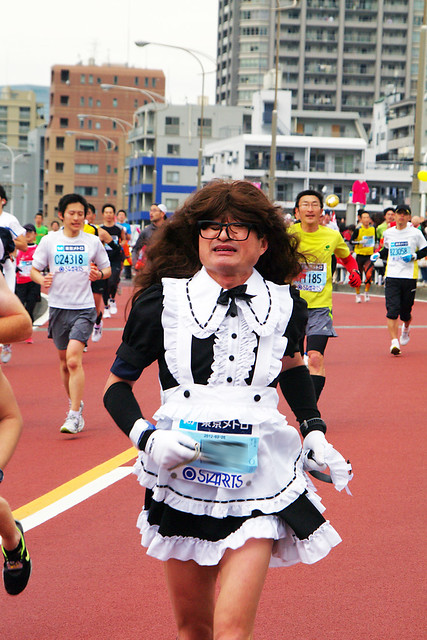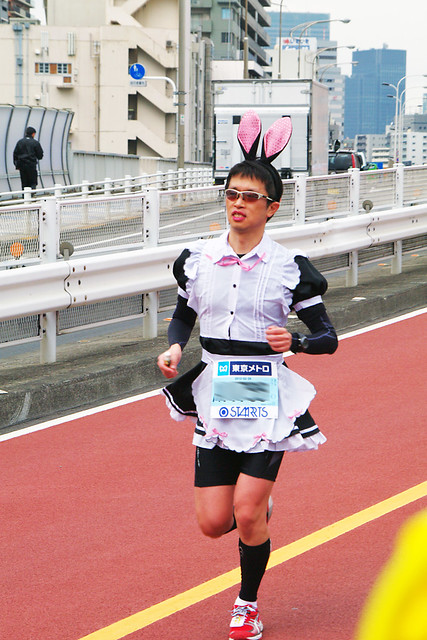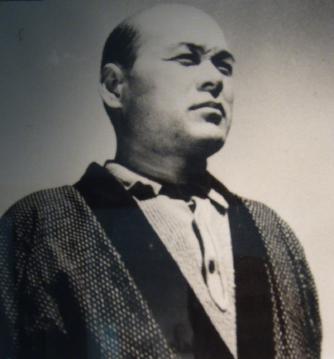Education can be surprisingly controversial.
What should be taught? Did dinosaurs exist, or did life begin with the Word? Is the universe heliocentric? Is the earth round or flat? More than that, who should be exposed to this information? Can whites and blacks go to school together? Should women be allowed to attend school, or university? Should the lower classes be afforded the same access to knowledge as the upper levels of society?
For some, education is a dangerous business. It's why Gutenberg's printing press was a threat to the Church and the ruling class, and book burning was in vogue during parts of the 20th century. The dissemination of new ideas led to the executions of Socrates, Giordano Bruno, and Jesus, and some schools and libraries have banned works of literature as disparate as Lady Chatterley's Lover and the Harry Potter series for fear of the effect they could have on young minds.
The Internet was supposed to change all that. Barring government censorship, anyone in the Information Age could share any idea, no matter how subversive or far-fetched, with millions, if not billions, of people. And yet the stakes of free speech are still high; just because you have something to say doesn't mean everyone has to like it. Disagreements over content on the web can lead to online harassment or worse, such as hacker groups that target individuals by making their personal information public. This vigilantism is troublesome, and anyone with an online presence is vulnerable. Miki Dezaki, an American teaching English in Okinawa, learned this the hard way.
Dezaki, who has lived in Japan since 2007, was shocked to find out that his high school students thought that racism and discrimination were unique to countries like America. He was particularly mystified by this ignorance given the history of relations between Okinawans and the rest of Japan. During World War II, the islands of Okinawa were considered vital to the Allies, who hoped to use them as the site of an air base from which to launch attacks on mainland Japan. The Japanese military fiercely resisted the Ally invasion at the Battle of Okinawa, and a staggering number of casualties resulted, predominantly civilians. Many of these deaths stemmed from shudan jiketsu ("mass suicide"), where Okinawans were ordered by the Japanese military to kill themselves for the glory of Japan. A working paper from the Japan Policy Research Institute states:
According to Masaiye Ishihara, professor at Okinawa International University and an authority on Okinawan war memories, the Japanese army was suspicious of Okinawans' loyalty to Japan and considered them potential spies for the enemy. Because of the labor shortage, however, the army drafted Okinawans for work on the fortification of the island. As a result, many Okinawans became familiar with the structure and quality of Japanese defense arrangements.
In order to deny the enemy the possibility of acquiring information on Japanese defense secrets from Okinawans who might surrender or be captured, the army undertook extensive propaganda to prevent such an outcome. The army terrified Okinawans with tales of extreme enemy cruelties and manipulated their minds and feelings in favor of killing themselves in the event they faced the danger of surrender or capture.
The Japanese government does not deny that these deaths took place; however, the Ministry of Education has been squeamish about allowing textbooks to be printed with this information. There have been several instances over the years in which the ministry has requested that passages related to the army's treatment of Okinawans be redacted, creating a furor in Okinawa and elsewhere. Relations between Okinawa and mainland Japan have also been tense over the issue of the U.S. military base located on Okinawa. Many Okinawans resent the presence of these soldiers and the havoc they sometimes wreak on Okinawan society. However, despite extensive efforts lobbying for the relocation of base, the national government refuses to budge. As a result, some Okinawans feel that their desires are not considered with the same respect as the requests of mainland Japanese.
In light of this history and other examples of racism and discrimination* in Japan, Dezaki crafted a lesson designed to make students think more about their lives and their society. By his account, the lesson was a great success, not only with his students, but also with his school. Then Dezaki made the following video explaining the lesson.
A few days later, Dezaki started getting nasty messages, and eventually at least one death threat. He is now being pursued by the netouyu, or conservative Japanese netizens who troll the web looking for postings that could be perceived as critical of Japan. They put his personal information online, even going so far as to call the school where he works to complain. Despite the threats, Dezaki has refused to take down the video.
The reactions of the netouyu are not terribly surprising; one only has to look as far as the Prime Minister to find a Japanese nationalist with a questionable grip on the country's history. According to Foreign Policy Magazine:
He [Prime Minister Shinzo Abe] has long been a supporter of efforts to revise history textbooks to minimize Japanese responsibility for World War II. He has denied that Chinese and Korean women were forced into prostitution by the Imperial Japanese Army during the war (the "comfort women" controversy). And he has questioned the legitimacy of the Allied war crimes tribunal that sentenced several Japanese leaders to death after the war. He has paid many visits to Yasukuni Shrine, the Tokyo site that honors the memory of Japan's war dead (including 14 top-level war criminals). When Abe unveiled his new government in January, The Economist described it a "cabinet of radical nationalists."
The revision of history textbooks in Japan is a long-standing controversy. An article from 2007 (during Abe's first term as prime minister) observed: "So the fresh denial of the military’s responsibility in the Battle of Okinawa and in sexual slavery — long accepted as historical facts — is likely to deepen suspicions in Asia that Tokyo is trying to whitewash its militarist past even as it tries to raise the profile of its current forces." This is an interesting connection, particularly as Abe currently continues to try to expand the powers of the military. The only difference is that today China's more aggressive stance unnerves its Asian neighbors and makes them more willing to unite with a strong Japan and overlook the legacy of its military, at least for now.
Unfortunately, racism and discrimination run a gamut in the ways they manifest. There are subtle forms, such as microaggression, which is defined by social psychologists as "the brief and everyday slights, insults, indignities, and denigrating messages sent to (visible minorities) by well-intentioned (members of an ethnic majority in a society) who are unaware of the hidden messages being communicated.” A lot of foreigners who come to live in Japan experience some form of microaggression. One JET told me that despite having lived in Japan for over 3 years, at every enkai one of the office ladies watches her eat and asks if she can use chopsticks as she is using them. Another friend was walking through his neighborhood and said good morning to a passing elderly woman; she gave a yelp and scuttled to the other side of the street.
I've had a few moments that have given me pause at school. One of them concerned a second year student. She was working on a project, and in order to illustrate a scenario she wanted to describe in English, she drew me a picture of two white people clearly being menaced by a muscly individual with dark skin. I asked her who the dark-skinned person was. "Bad man," she said. I asked her why she had drawn him that way. "I don't know" was her answer. This was one of my few teachable moments in the two years I've been a teacher, to explain to this girl why it was wrong to have made this drawing. What I'm really curious to know is how she inherited this prejudice. Is it as simple as associating people with non-white skin with the lower classes? This may sound rather antiquated or silly, but it's still a factor in Japan. One of my JTEs is a young guy, very handsome, charming, athletic, etc. However, he looks perpetually tanned (not surprising given that he coaches soccer), and the students make fun of him for it. They call him "black" and "Will Smith," and there's a rumor that he's from the UAE. This teacher has told me stories where he has been stopped going into a bar or a club and asked to show his identification, all because the bouncer doesn't believe he's Japanese. It bothers me, but he laughs it off.
As Dezaki points out in his video, no country is perfect, and nearly every culture has some point in their history in which they were either a persecuted minority or an abusive majority. Leading a discussion of race and discrimination would be an audacious lesson plan almost anywhere.** Still, I can't help but question the wisdom of ignoring certain chapters of history, lest they repeat themselves.
---------
*Dezaki also mentions the burakumin, the equivalent of the "untouchables" from the Hindu caste system. The burakumin were at the bottom of the social pecking order, forced to do "dirty" jobs like remove sewage, slaughter animals, etc. They weren't allowed to live in the same areas as people of a higher social class, and so they set up their own communities away from the rest of society. Today descent from the burakumin is a source of shame, and in extreme cases can cause people to be denied jobs, or have engagements broken off if they are found to be descendants.
**There are certain topics that JETs are warned to avoid in class, most especially World War II. During the application process, some candidates are asked how they would respond to questions concerning the war and the bombings of Nagasaki and Hiroshima.


















